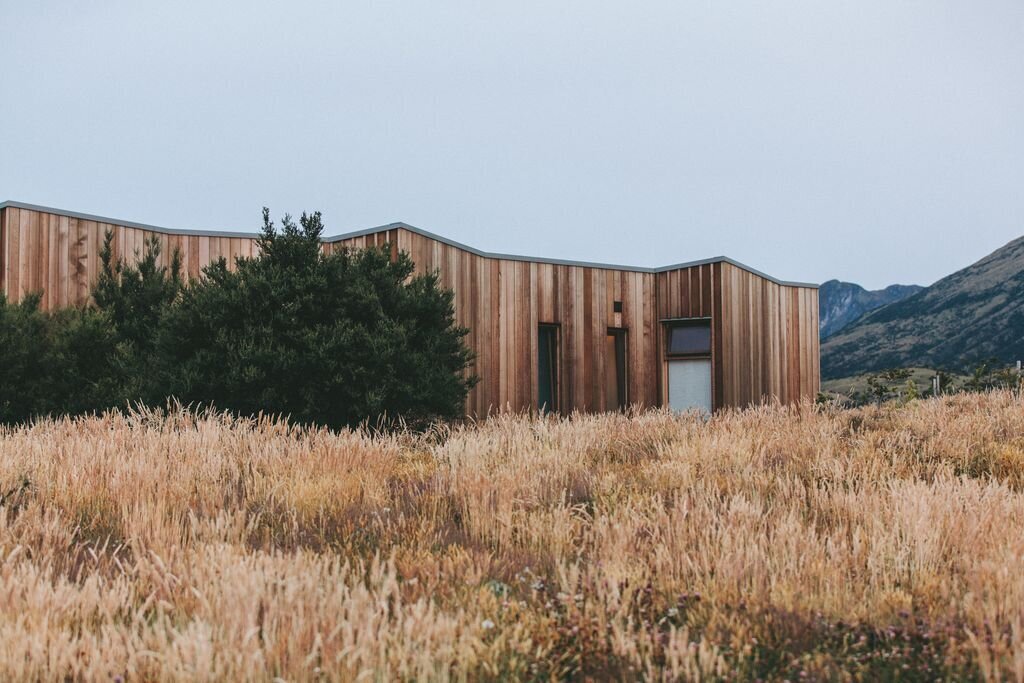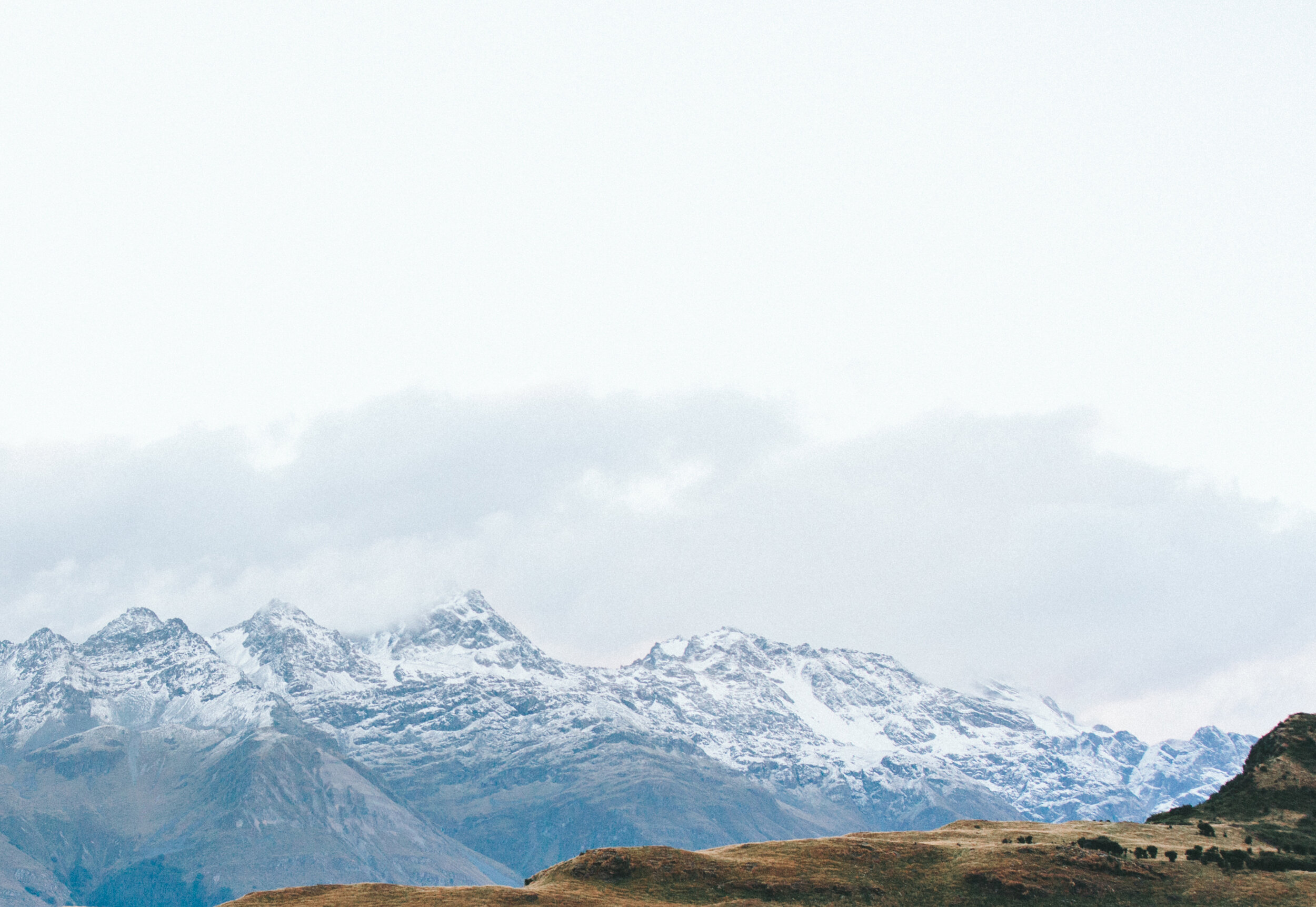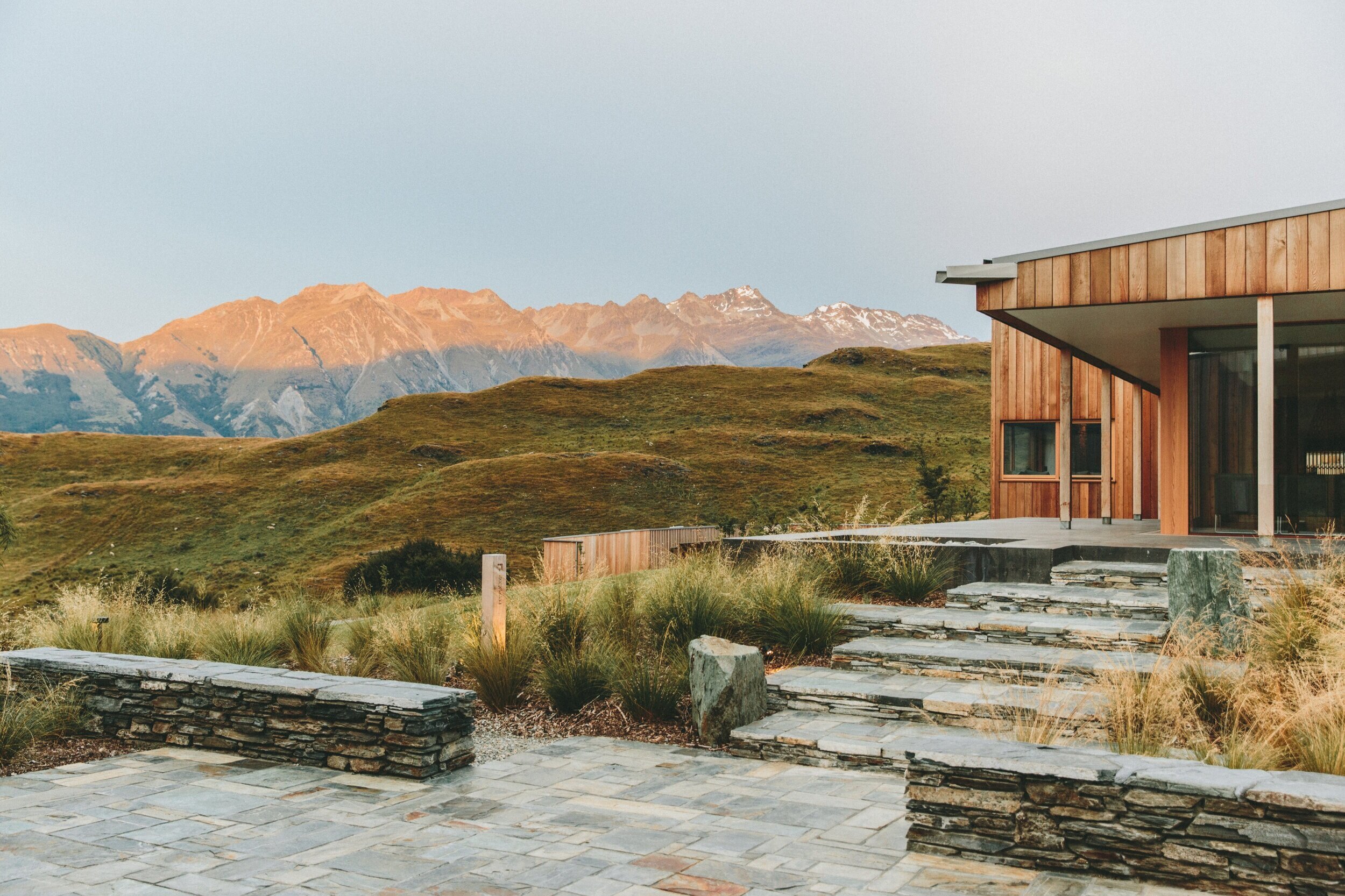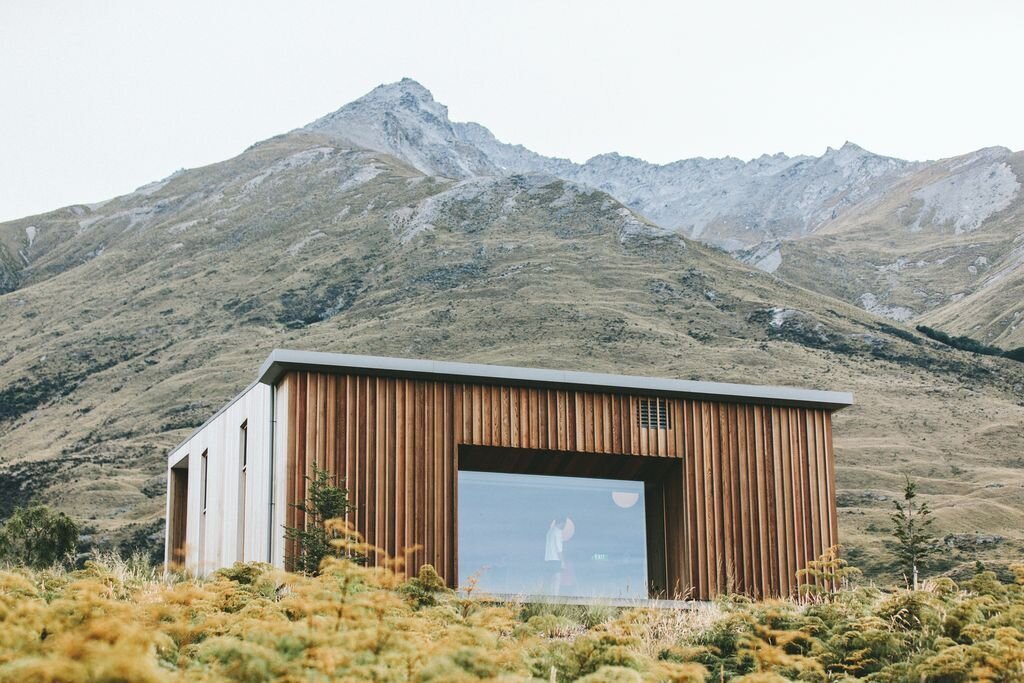
2022-2024
UC Berkeley College of Environmental Design
Faculty: Danielle Rivera
Flood Mitigation Design Studio
Studio Scope + Objectives
-
It all begins with an idea. Maybe you want to launch a business. Maybe you want to turn a hobby into something more. Or maybe you have a creative project to share with the world. Whatever it is, the way you tell your story online can make all the difference.
-
It all begins with an idea. Maybe you want to launch a business. Maybe you want to turn a hobby into something more. Or maybe you have a creative project to share with the world. Whatever it is, the way you tell your story online can make all the difference.
-
It all begins with an idea. Maybe you want to launch a business. Maybe you want to turn a hobby into something more. Or maybe you have a creative project to share with the world. Whatever it is, the way you tell your story online can make all the difference.
2022 Studio
Studio Name
University of California Berkeley
College of Environmental Design Department of Landscape Architecture + Environmental Planning
This studio explores the intersections of environmental justice, hydrology, and landscape design in flood-prone communities. Students engage with frontline neighborhoods facing disproportionate flood risk due to legacies of redlining, displacement, and infrastructural neglect. Through mapping, fieldwork, and participatory design, the studio centers community voices while critically examining how race, class, and policy shape vulnerability. Projects propose equitable flood mitigation strategies—such as wetland restoration, green infrastructure, and retreat—that challenge conventional engineering approaches. The studio foregrounds relational thinking, integrating ecological processes with cultural memory to envision adaptive, justice-oriented landscapes in the face of intensifying climate impacts.
2023 Studio
Studio Name
University of California Berkeley
College of Environmental Design Department of Landscape Architecture + Environmental Planning
This studio explores the intersections of environmental justice, hydrology, and landscape design in flood-prone communities. Students engage with frontline neighborhoods facing disproportionate flood risk due to legacies of redlining, displacement, and infrastructural neglect. Through mapping, fieldwork, and participatory design, the studio centers community voices while critically examining how race, class, and policy shape vulnerability. Projects propose equitable flood mitigation strategies—such as wetland restoration, green infrastructure, and retreat—that challenge conventional engineering approaches. The studio foregrounds relational thinking, integrating ecological processes with cultural memory to envision adaptive, justice-oriented landscapes in the face of intensifying climate impacts.
Climate Change Design
Student Name
Year
Slough systems like Watsonville and Elkhorn are vital to the Pajaro River’s ecological health, buffering floods, filtering water, and sustaining habitat. Decades of levees and industrial farming have disconnected these wetlands, increasing flood risk for low-income and farmworker communities. Landscape architecture offers a reparative approach: reintroducing overflow plains, restoring habitat, and allowing the river to reconnect with its historic wetlands. These designs reduce risk while reviving ecological processes. When shaped by Indigenous and local knowledge, slough restoration becomes more than environmental work—it becomes an act of justice, memory, and long-term resilience in a changing climate.
Slough System Design
Student Name
Year
Slough systems like Watsonville and Elkhorn are vital to the Pajaro River’s ecological health, buffering floods, filtering water, and sustaining habitat. Decades of levees and industrial farming have disconnected these wetlands, increasing flood risk for low-income and farmworker communities. Landscape architecture offers a reparative approach: reintroducing overflow plains, restoring habitat, and allowing the river to reconnect with its historic wetlands. These designs reduce risk while reviving ecological processes. When shaped by Indigenous and local knowledge, slough restoration becomes more than environmental work—it becomes an act of justice, memory, and long-term resilience in a changing climate.








